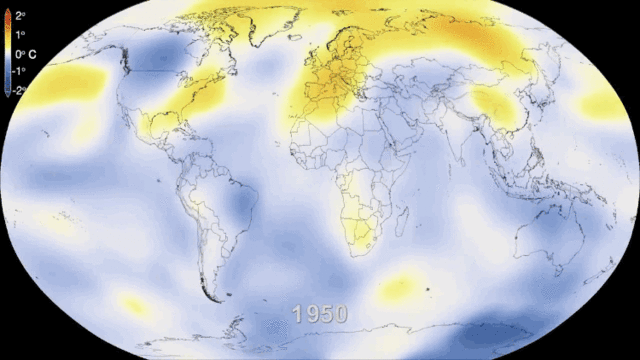
en.wikipedia.org
Necessary conditions
External
In order for rapid intensification to occur, several conditions must be in place.
Water temperatures must be extremely warm (near or above 30 °C, 86 °F), and water of this temperature must be sufficiently deep that waves do not churn deeper cooler waters up to the surface.
Wind shear must be low; when wind shear is high, the
convection and circulation in the cyclone will be disrupted.
[2] Dry air can also limit the strengthening of tropical cyclones.
[3]
Internal
Usually, an
anticyclone in the upper layers of the
troposphere above the storm must also be present for extremely low surface pressures to develop. This is because air must be converging towards the low pressure at the surface, which the requires the air to rise very rapidly in the
eyewall of the storm due to conservation of mass, which in turn also requires a divergence of wind at the top of the troposphere. This process is aided by an upper-level anticyclone which helps efficiently channel this air away from the cyclone.
[4] Hot towers have been implicated in tropical cyclone rapid intensification, though they have diagnostically seen varied impacts across basins.
[5]

 Witness choosy deniers, those most dedicated, zoom way off,.. far, far from any link to mankind let alone the Industrial Revolution..
Witness choosy deniers, those most dedicated, zoom way off,.. far, far from any link to mankind let alone the Industrial Revolution.. 
